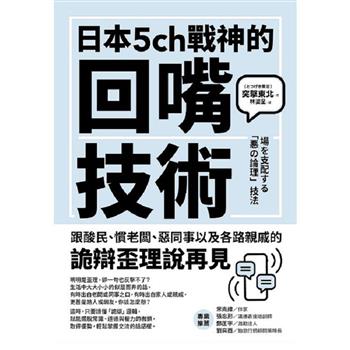William Charles Furney was born and raised in the "Down East" region of coastal North Carolina where pirates are local legends and their folklore lives on still. A former soldier, journalist, and communication professional, William tapped into a lifetime of experiences and adventures to craft a pirate tale in the tradition of Captain Blood and Treasure Island. After graduating high school in Virginia Beach, Furney served in the U.S. Army as a tank commander where he learned how to blow junk up, eliminate bad guys with economy, and lead good men through chemical, biological, and radioactive environments. Whereas these skills prepared him for civilian life in metropolitan arcadias such as Chicago, L.A., and Philadelphia, he instead decided to go to a university of higher learning. After arming himself with a BS degree from the University of Colorado’s School of Journalism in Boulder, he ventured out into the world as a reporter where he proceeded to hone his skills at pissing people off with the written word. Along the way, he earned degrees in public relations and advertising. He became one of the first five people in the country to become a Certified Communicator in Public Health. He had his own column in the Jacksonville Daily News. He was a director of public relations for private industry and the director of communication for several government agencies. He established two public affairs offices where none previously existed; one for the State Health Director’s Office and the other in the Office of Public Health Preparedness and Response - the state agency created in 2001 to oversee preparedness efforts associated with biological attacks and pandemic outbreaks. As a public health communication expert, he coordinated or participated in the media/public information responses to health crises involving AIDS, anthrax, SARS, E-coli, Pfiesteria, Brucelosis, Legionnaires’ disease, SIDS, Creutzfeldt-Jakob Disease, Small Pox, West Nile Virus and numerous hurricanes. He also collaborated with the CDC Office of Communication on several health issues and was a certified trainer of their Emergency Risk Communication Program. He was a member and president of the National Public Health Information Coalition - twice.
| FindBook |
|
有 1 項符合
william c. furney的圖書 |
 |
$ 760 | Black Hearts White Bones
作者:Furney 出版社:William C. Furney 出版日期:2017-04-18 語言:英文 規格:平裝 / 462頁 / 22.86 x 15.24 x 2.62 cm / 普通級/ 初版  看圖書介紹 看圖書介紹
|
|
|
圖書介紹 - 資料來源:博客來 評分:
圖書名稱:Black Hearts White Bones
|











